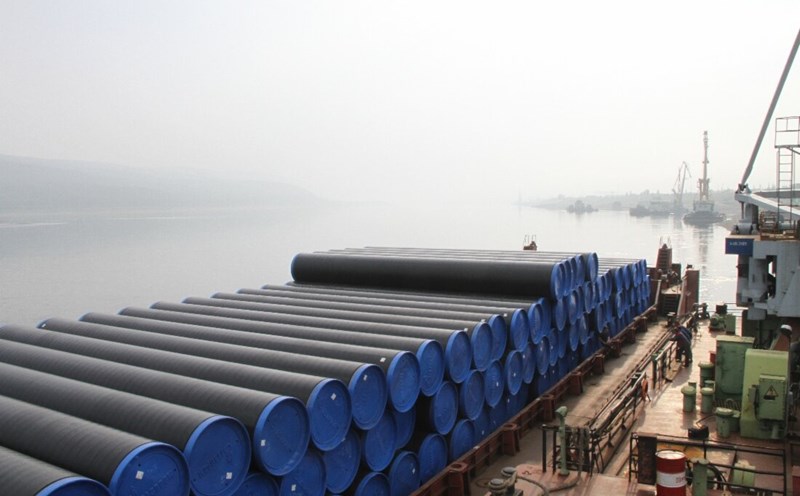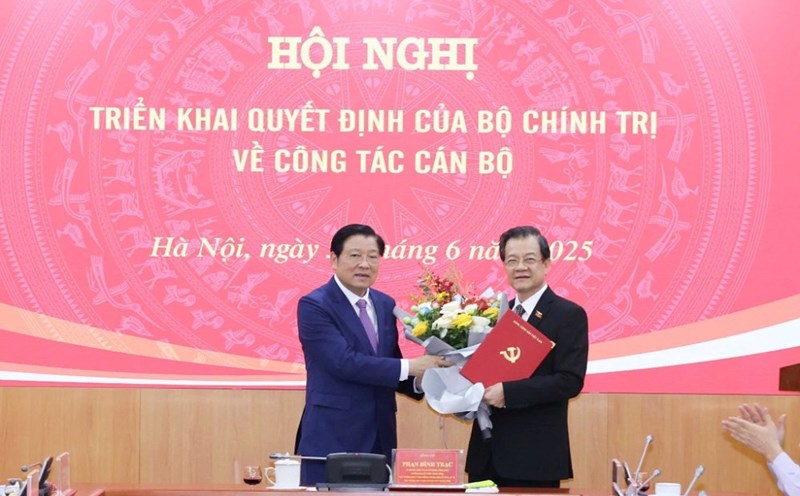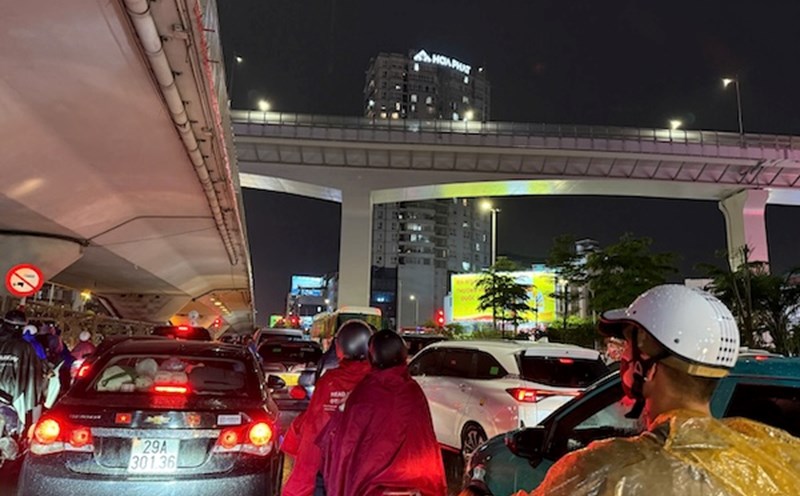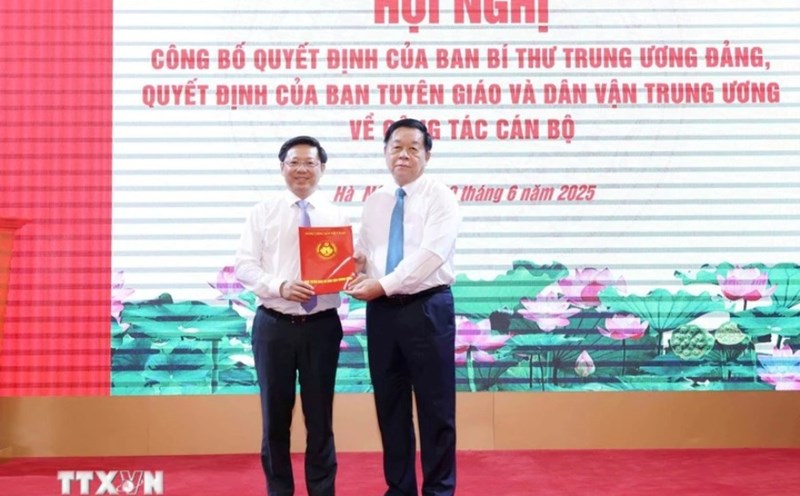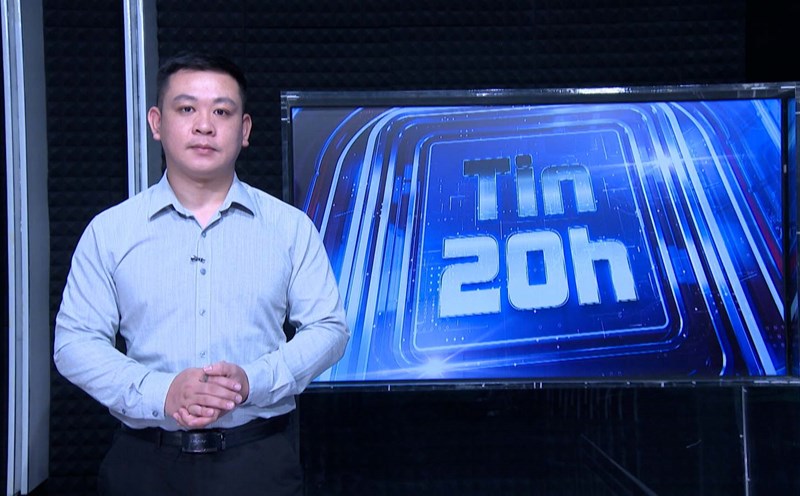However, this decision does not apply to 10 out of 47 provinces and cities in Japan directly involved in discharge activities, including the two cities of Tokyo and Fukushima.
China said long-term monitoring results showed that water samples in areas near the Fukushima plant showed no signs of any abnormalities. This result is the basis for Beijing to gradually loosen control measures.
This incident arose from the 2011 earthquake and Tsunami disaster that caused serious damage to 3 reactors of the Fukushima plant.
Since then, more than 1 million tons of treated wastewater have been stored at this facility. By 2023, Japan will officially begin to gradually release this amount of water into the Pacific Ocean. Discharge is carried out according to a process that lasts about 30 years under the supervision of the International Atomic Energy Agency (IAEA).
Although most international experts believe that this activity is safe, there are still some opinions that more time is needed to fully assess the long-term impact on the marine environment.
In order to protest Japan's decision, China quickly issued a comprehensive ban on seafood products imported from the country. Before the ban was imposed, China was Japan's largest seafood export market, accounting for about 1/4 of total export value.
In response to the new move from Beijing, the Japanese government assessed this as a positive step forward, and affirmed that it will continue to promote the complete resumption of seafood exports to China.
Under the new regulations, Japanese enterprises that want to continue exporting seafood to China must re-register and be subject to close supervision by the country's authorities.



